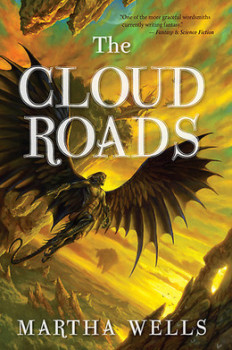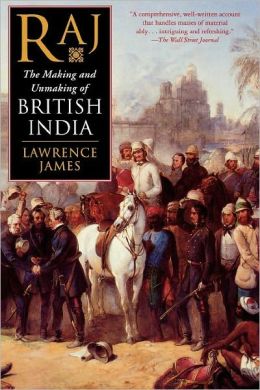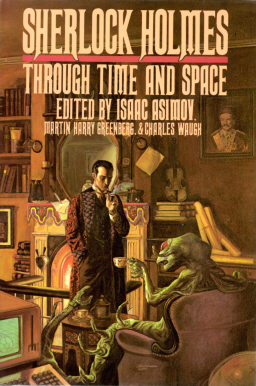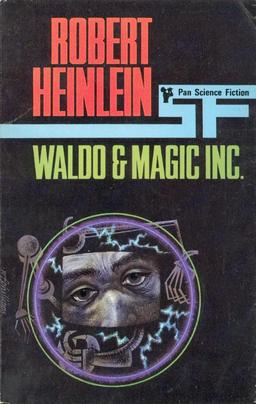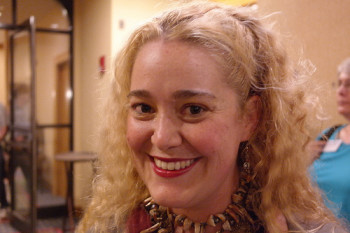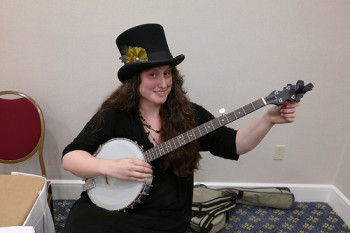Finding the Best: An Interview with Year’s Best Editors Ellen Datlow, Paula Guran, Rich Horton and Gardner Dozois
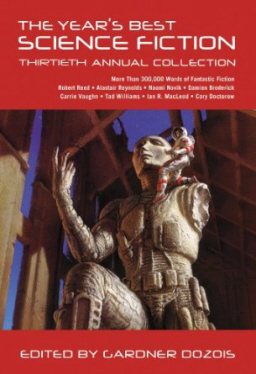 The following is a Science Fiction and Fantasy Writer’s Chat (SFFWRTCHT) special for Black Gate.
The following is a Science Fiction and Fantasy Writer’s Chat (SFFWRTCHT) special for Black Gate.
For the first time, I was able to gather four of the Year’s Best editors to chat about genre, how they do what they do, why and more. So here are Ellen Datlow, Paula Guran, Rich Horton, and Gardner Dozois.
SFFWRTCHT: Where’d your interest in SFF come from?
Ellen Datlow: I was reading everything in my parents’ apartment from a very young age. I encountered Bullfinch’s Mythology, The Odyssey, the stories of Guy de Maupassant and Nathaniel Hawthorne. I read all the comic books in my father’s luncheonette, including the ones with ichor on the covers.
Paula Guran: I devoured books of all kinds growing up. Loved mythology and fairy tales. Probably encountered supernatural tales first from an old treasury of American folktales of my father’s and science fiction specifically with Podkayne Of Mars. Although I still read all sorts of material, SF/F became a portion of my reading thanks to my older cousin. She made up SF stories and illustrated them herself — sort of an oral graphic novel – and told them to her younger sister and me.
She also handed me a couple of Edgar Rice Burroughs Mars books with really cool covers and an Andre Norton Witch World book. Double wowzers.
I also read comic books: Wonder Woman, Green Lantern, Aquaman, and Justice League were some of my favorites.
